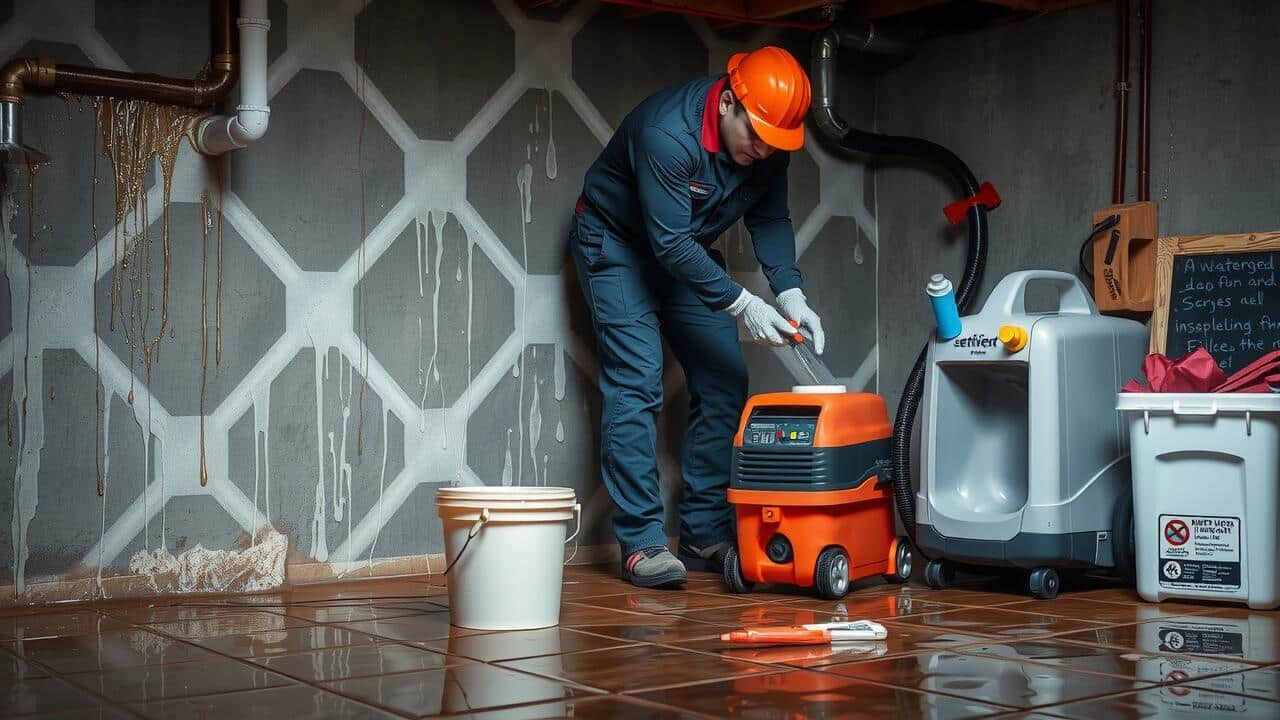
Table Of Contents
Insurance Coverage for Water Damage
Homeowners insurance often provides coverage for water damage repair, but specifics can vary significantly between policies. Many policies cover damages caused by sudden or accidental incidents, such as burst pipes or overflowing appliances. Understanding the terms of your specific coverage is essential. Property owners should review their policies to know what incidents are included and whether they have adequate coverage.
However, certain circumstances may fall outside the policy’s coverage. For instance, damages resulting from long-term leaks or poor maintenance typically are excluded. Policyholders may also face limits or deductibles that influence the overall cost of water damage repair. It is crucial to clarify these details with your insurance provider before any repairs begin, ensuring that you are financially prepared.
Understanding Policy Exclusions
Homeowners often assume that their insurance covers all types of water damage repair. However, many policies have specific exclusions that can leave homeowners vulnerable to out-of-pocket expenses. For instance, damage resulting from flooding or a lack of proper maintenance is frequently not covered. It’s crucial to carefully review your insurance policy to understand what situations are included and which ones are excluded.
Additionally, some policies may only cover water damage repair up to a certain limit or under specific circumstances. Homeowners should consider endorsements or add-ons for comprehensive coverage if they live in high-risk areas. Knowing the nuances of your policy can save significant amounts in costs during a water damage event.
Additional Costs to Consider
When dealing with water damage repair, additional costs often arise beyond the immediate remediation efforts. Homeowners might need to factor in expenses related to replacing damaged fixtures, flooring, or drywall. Any structural damage may require professional assessment and repair, which can significantly add to the overall cost. Additionally, if the water source persists, ongoing expenses such as utility bills for water usage will also accumulate during the repairs.
Unexpected delays in the repair process can lead to further expenses. If mold remediation is necessary, this specialized service can increase the total investment required to restore a property. Moreover, there may be costs associated with temporary housing if the home becomes unlivable during extensive water damage repair. Understanding these potential additional costs is crucial for homeowners planning their budgets effectively.
Related Services and Repairs
Related services and repairs can significantly impact the overall cost of water damage repair. Often, homeowners may need to address issues such as mold remediation, especially if the water damage has persisted for an extended period. Mold growth can not only affect the aesthetics of a property but also pose serious health risks. Treating this problem usually involves specialized services and equipment, which can add to the expenses incurred during the repair process.
Additionally, plumbing repairs may be necessary if the source of the water damage was a leak or burst pipe. Repairing or replacing plumbing components might be essential to prevent future incidents. It is important to consider these related services in the overall budget for water damage repair, as neglecting them can lead to recurring issues and increased costs down the line. Homeowners should assess their specific situation and determine the best course of action for both immediate repairs and long-term maintenance.
Preventative Measures
Taking proactive steps can significantly reduce the risk of water damage in your home. Regular maintenance is essential. Inspecting roofs, gutters, and downspouts helps ensure they are clear of debris and functioning properly. Addressing any leaks in plumbing fixtures or appliances promptly can prevent larger issues down the line. Investing in high-quality weatherproofing materials for windows and doors can also mitigate water intrusion during heavy rains.
In addition to routine inspections, consider installing a sump pump in areas prone to flooding. This device actively removes excess water, minimizing the likelihood of severe damage. A water alarm system can alert homeowners to leaks before they escalate. These preventative measures not only save you from the hassle of water damage repair but can also preserve the integrity of your property over time.
Long-Term Solutions to Avoid Future Damage
Investing in long-term solutions to prevent water damage can save both money and stress in the future. Regular maintenance of roofs, gutters, and drainage systems reduces the risk of leaks and flooding. Homeowners should conduct routine inspections to identify vulnerabilities and address minor issues before they escalate. Upgrading to water-resistant materials, like waterproof paint or resilient flooring, can further mitigate potential damage.
Additionally, installing sump pumps in basements and ensuring proper landscaping can guide excess water away from the foundation. Consider incorporating moisture detectors and automatic shut-off systems, which can provide early warnings and prevent significant issues. These proactive measures not only protect a property but also minimize the need for extensive water damage repair, which can be costly and time-consuming.
FAQS
What is the average cost of water damage repair?
The average cost of water damage repair can range from $1,000 to $5,000, depending on the extent of the damage and the type of repairs needed.
Does homeowners insurance cover water damage repairs?
Homeowners insurance often covers water damage, but coverage can vary based on the cause of the damage. It’s important to review your policy for specific terms and exclusions.
What are common exclusions in water damage insurance policies?
Common exclusions may include damage from flooding, gradual leaks, or wear and tear. It’s essential to understand your policy to know what is and isn’t covered.
Are there additional costs associated with water damage repair?
Yes, additional costs may include mold remediation, structural repairs, or related services like electrical or plumbing work. Always get a detailed estimate before proceeding with repairs.
What preventative measures can I take to avoid future water damage?
Preventative measures include regular inspections of plumbing and appliances, ensuring proper drainage around your home, and investing in water detection systems.
